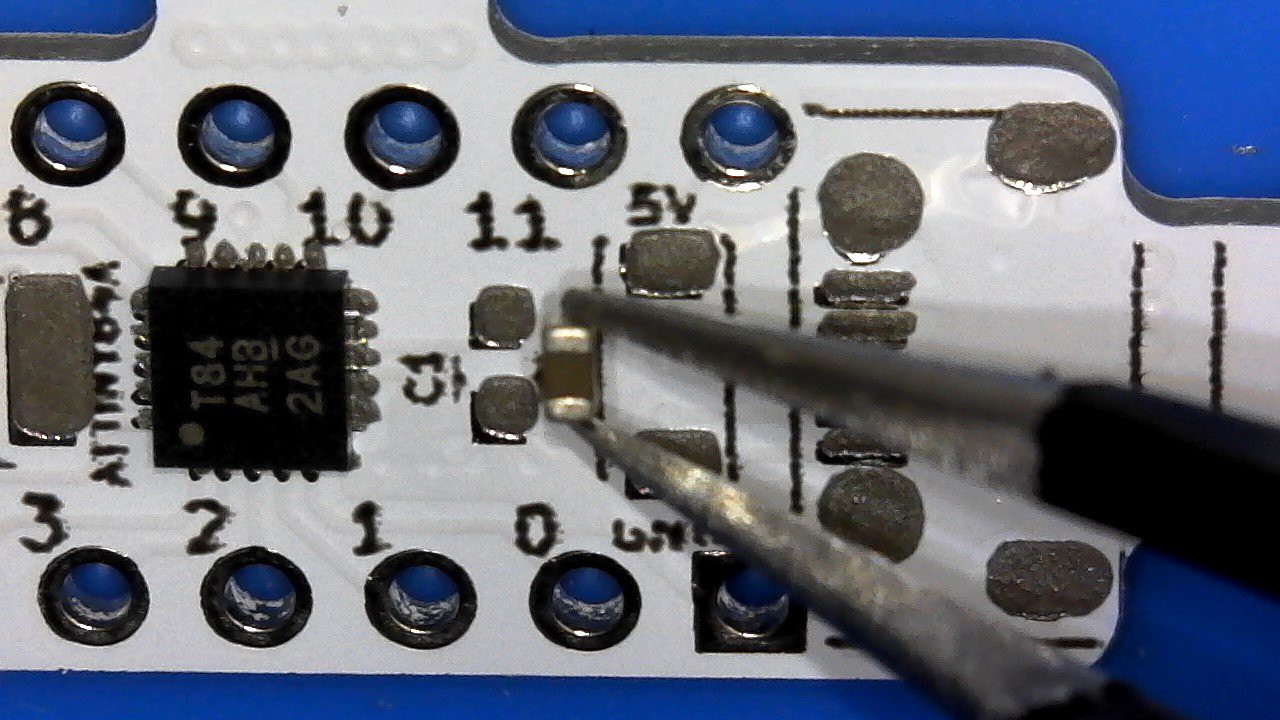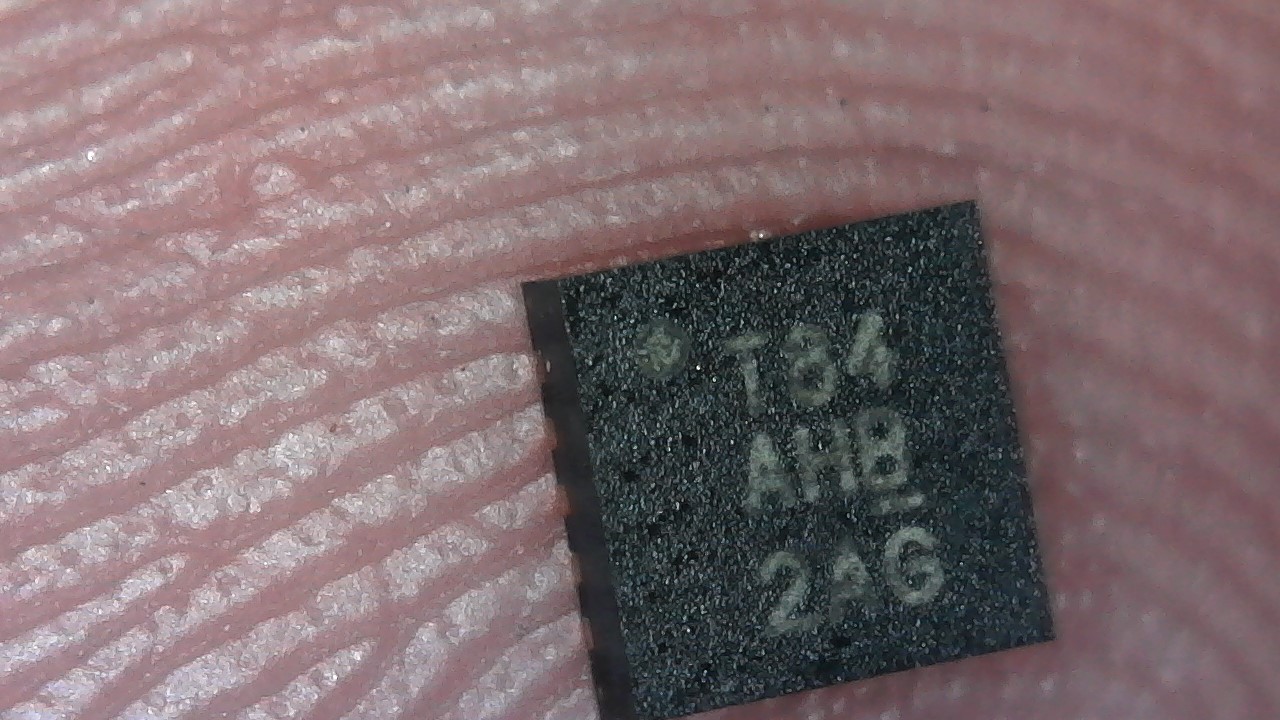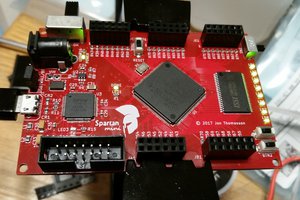Special thanks to Spence Konde for making the Micronucleus bootloader a standard option in his ATtiny core. Follow these instructions to add this core to the Arduino IDE:
https://github.com/SpenceKonde/ATTinyCore/blob/master/Installation.md
After a successful install you will find the new boards under Tools -> Boards, and select ATtiny84a (Micronucleus / California STEAM).
You might have to install the Micronucleus drivers manually. See for more information the Quick Gotcha list:
https://github.com/SpenceKonde/ATTinyCore
ATtiny84a pin-out:

 Sander van de Bor
Sander van de Bor







 Steve Smith
Steve Smith
 Jon Thomasson
Jon Thomasson
 The Big One
The Big One
 Gergely Imreh
Gergely Imreh
I'm catching an error from the Arduino IDE when I use the new json file to install your board ...
"Error downloading https://www.adafruit.com/package_adafruit_index.json
Warning: non trusted contribution, skipping script execution (C:\Users\randa\AppData\Local\Arduino15\packages\californiasteam\tools\micronucleus\2.0a4\post_install.bat)"